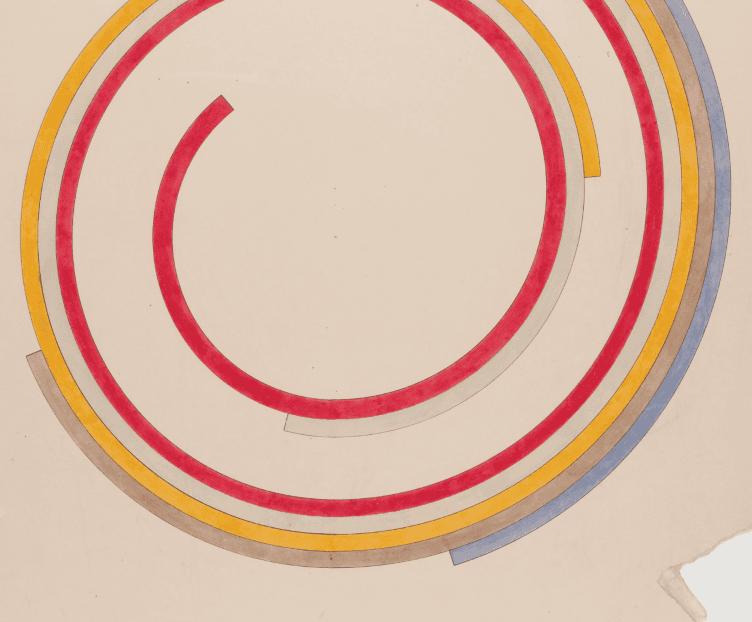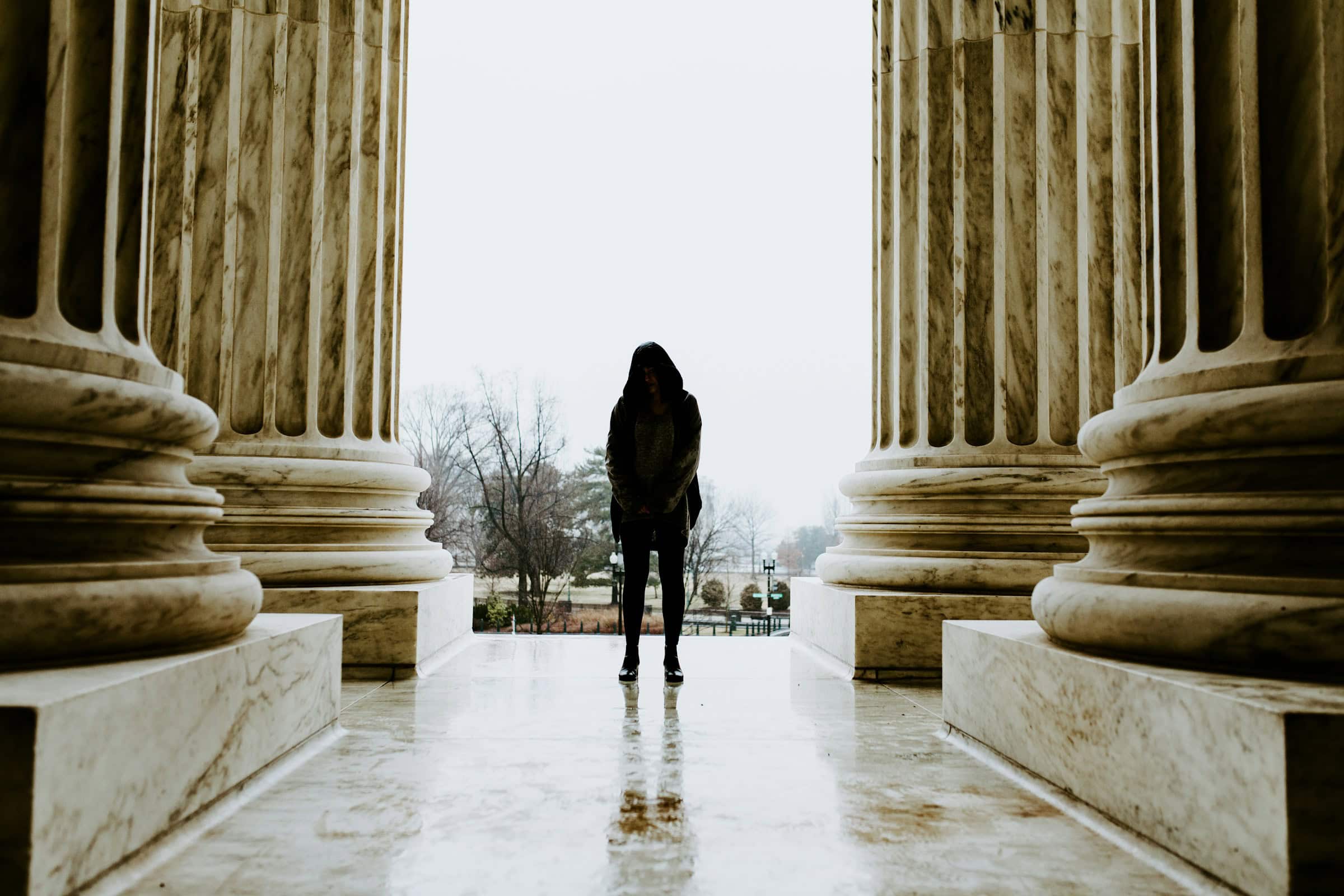This resource was developed as part of the AHA’s Remote Teaching Resources initiative.
Cape Coast Castle
Professor Heinz Rüther, Zamani Project
The Cape Coast Castle site features 3D visualizations and present day images of a fortified trading post used for the transatlantic slave trade. These images help students visualize where and how thousands of enslaved people passed through the “Door of No Return” and onto ships which would transport them across the Atlantic.
How did new African countries use money to show their independence?
Ellen Feingold, Smithsonian Institution; Leigh Gardner, London School of Economics
How did new African countries use money to show their independence? illustrates a diverse group of West African currency objects serve as material culture sources for exploring the history of decolonisation and state-building. This teaching module on the Smithsonian’s Learning Lab platform is designed to support coursework on world history at the high school level.
How did World War II affect West Africa?
Ellen Feingold, Smithsonian Institution; Leigh Gardner, London School of Economics
How did World War II affect West Africa? illustrates a diverse group of West African currency objects that serve as material culture sources for exploring the global impact of World War II. This teaching module on the Smithsonian’s Learning Lab platform is designed to support coursework on world history at high school level.
Money and Exchange in West Africa
Ellen Feingold, Smithsonian Institution; Leigh Gardner, London School of Economics
Money and Exchange in West Africa is a digital collection of coins, notes and other objects used as currency in West Africa. The collection provides a new perspective on economic, social, and political change in the region over the last five centuries. The resources will help students and educators explore the dynamic impacts of the slave trade, colonialism, and the transition to independence on African communities. It includes a supporting bibliography.
Rethinking the Region: New Approaches to the 9-12 US Curriculum on the Middle East and North Africa
Maria Hantzopoulos, Monisha Bajaj, Ameena Ghaffar-Kucher, Roozbeh Shirazi, Zeena Zakharia
Rethinking the Region’s research and curriculum analyzes the common categories used to describe and teach the “Modern Middle East and North Africa (MENA)” in existing US World History textbooks. It offers robust alternatives for Grade 9-12 teachers by integrating new scholarship on the region. The curriculum can be adapted for college level instruction.
South Africa: Overcoming Apartheid, Building Democracy
African Studies Center, Michigan State University
South Africa: Overcoming Apartheid, Building Democracy provides primary source materials, chronological narrative units, and curriculum ideas for teaching high school and undergraduate students about the struggle to end apartheid and build democracy in South Africa. This site includes interviews with South African activists, raw video footage documenting mass resistance and police repression, historical documents, rare photographs, and original narratives. Overcoming Apartheid also features discussion questions and resource–rich activities such as a “You be the Judge” trial on the death of Stephen Biko.
Teaching About Nelson Mandela, Apartheid and the Struggle for Freedom: for Elementary, Middle and High School students and beyond
Boston University’s African Studies Center and Africa Access Review
Teaching About Nelson Mandela, Apartheid and the Struggle for Freedom for Elementary, Middle and High School students and beyond offers strategies in teaching about the anti-apartheid movement. This site includes links to readings, curricula, and videos that are also suitable for undergraduate students.
US Dollars in Liberia
Ellen Feingold, Smithsonian Institution; Leigh Gardner, London School of Economics
US Dollars in Liberia is a digital version of an exhibit on the use of US dollars in Liberia, currently featured in The Value of Money exhibition at the National Museum of American History. It explores the economic and political history of how US dollars came to be one of the circulating currencies of Liberia.
What did money look like under colonial rule in West Africa?
Ellen Feingold, Smithsonian Institution; Leigh Gardner, London School of Economics
What did money look like under colonial rule in West Africa? explores a diverse group of West African currency subjects that serve as material culture sources for exploring the history of colonial rule in the region. This teaching module on the Smithsonian’s Learning Lab platform is designed to support coursework on world history at the high school level.


